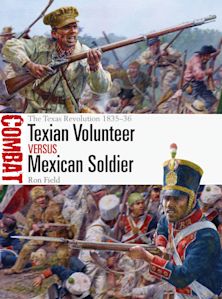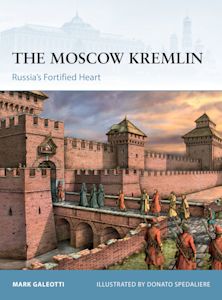The Second War of Italian Unification 1859–61
Description
The culmination of decades of nationalist aspiration and cynical Realpolitik, the Second War of Italian Unification saw Italy transformed from a patchwork of minor states dominated by the Habsburg Austrians into a unified kingdom under the Piedmontese House of Savoy. Overshadowed by subsequent conflicts, the war saw the first widespread use of railroads in war and the first battlefield deployment of rifled field artillery, as well as the last major battle in world history where all the forces involved were under the personal command of their monarchs. The savage nature of the fighting led to the foundation of the Red Cross and the establishment of the Geneva Conventions, while the colorful uniforms and aggressive doctrine espoused by the French Army in particular were to influence those on both sides of the American Civil War. Beyond the battlefields, the outcome of the war represented a culminating triumph for the Piedmontese prime minister, Camillo di Cavour, whose success in winning and retaining French and British support for his plans for Italian unification has provided a model for the leaders of junior partners allied to world powers ever since.
Between April and July 1859 the first stage of the war pitted Napoleon III's French armies and their Piedmontese allies against the Habsburg Austrian forces that had invaded Piedmont. A series of bloody clashes culminating in Solferino-San Martino, the largest battle on European soil since Leipzig in 1813, resulted in decisive defeat for the Austrians and the end of the war in the north. Ten months later the second stage of the war began as the legendary Italian nationalist Giuseppe Garibaldi landed in Sicily with 1,000 volunteers, intent on overthrowing the Bourbon Kingdom of the Two Sicilies. After ejecting the Bourbon forces from Sicily Garibaldi crossed to the mainland and marched on Naples, the capital. The rapid collapse of the Kingdom of the Two Sicilies took everyone by surprise; Cavour feared Garibaldi would capitalize on this victory and march on Rome, but Cavour and Garibaldi agreed to unify their halves of Italy and their respective armies. The remnants of the Bourbon armies finally surrendered in February 1861 and Piedmont's king, Victor Emmanuel, was crowned king of Italy a month later.
Unlike many existing accounts, which approach the events of 1859-61 from a predominantly French perspective, this study draws upon a huge breadth of sources to examine the conflict as a critical event in Italian history. A concise explanation of the origins of the war is followed by a wide-ranging survey of the forces deployed and the nature and course of the fighting - on land and at sea - and the consequences for those involved are investigated. This is a groundbreaking study of a conflict that was of critical significance not only for Italian history but also for the development of 19th-century warfare.
Table of Contents
Chronology
Background to war
Warring sides
The fighting
Portrait of a soldier
The world around war
Portrait of a civilian
How the war ended
Conclusion and consequences
Further reading
Product details
| Published | Jun 19 2012 |
|---|---|
| Format | Paperback |
| Edition | 1st |
| Extent | 96 |
| ISBN | 9781849087872 |
| Imprint | Osprey Publishing |
| Illustrations | 35 b/w; 25 col |
| Dimensions | 10 x 7 inches |
| Series | Essential Histories |
| Short code | ESS 74 |
| Publisher | Bloomsbury Publishing |

Resources
Book Vote
Tell us what titles you would like to see published by Osprey, then vote for your favourites in our monthly book vote!



























